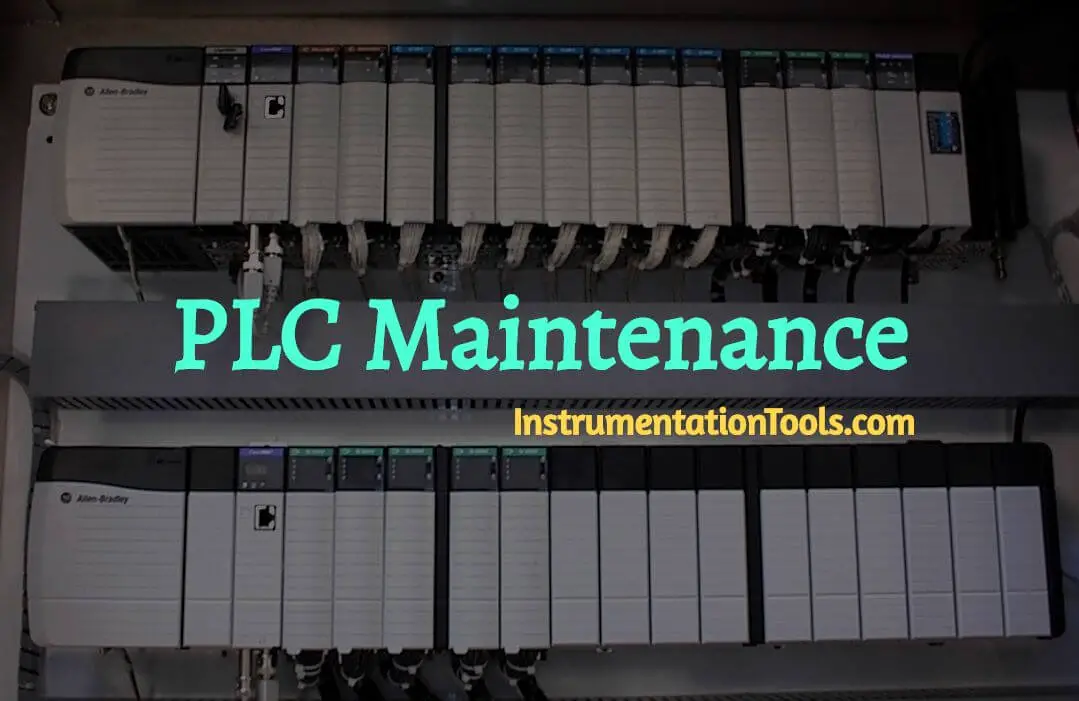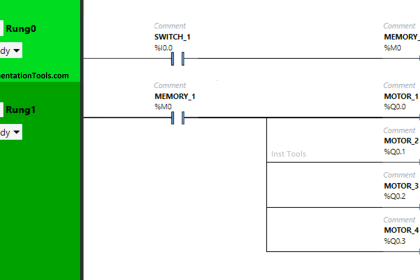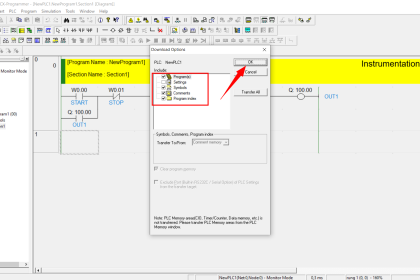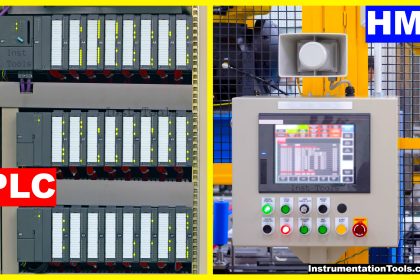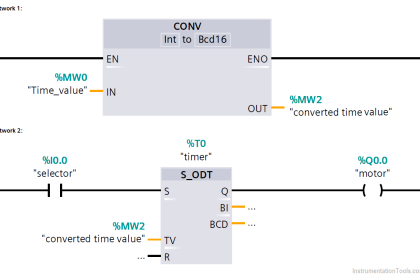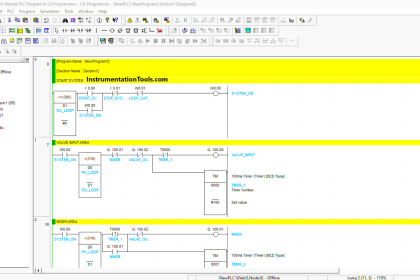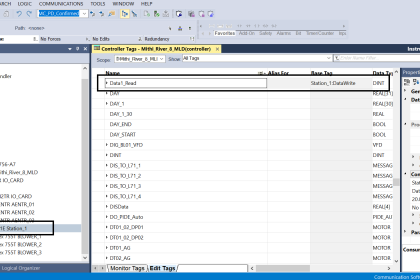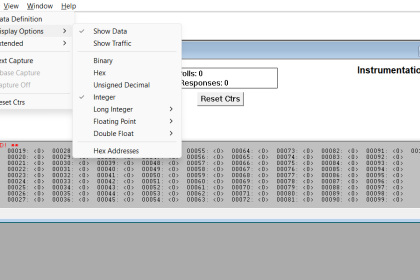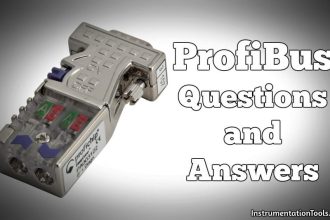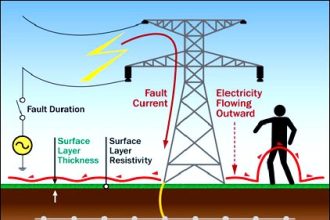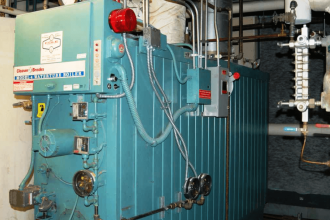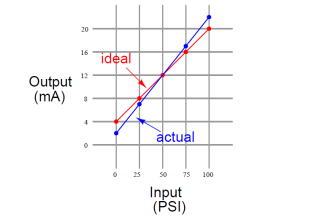Your schedule Programmable Logic Controller Maintenance will depend on the controller’s environment – the harsher the environment the more frequent maintenance will be needed.
Setting up a routine maintenance schedule will increase the longevity of your Programmable Logic Controllers (PLCs) and minimize the chance of system malfunction.
PLC Maintenance
We recommend the following practices at least quarterly to keep your system in good operating condition:
They are as follows –
Backup PLC Program
Save a copy of your PLC program during routine maintenance to ensure a fairly up-to-date backup. In the event a PLC becomes inoperable and has to be replaced, this backup file can be downloaded onto a new PLC.
Check LED Indicators
Check the power and battery LED indicators. If the power LED indicator is off or flickering or if the battery LED indicator is on or flickering this may be a preliminary sign of a low battery or potential power issues.
Replace the Battery
If the Battery OK light is flickering or on, it is time to change the battery. Avoid catastrophic problems if you were to lose main control power by changing the battery regularly.
Check Operating Environment
Check temperature, humidity and other environmental factors to make sure that your PLC is operating within the proper conditions. Also make sure there is good airflow in the cabinet by cleaning filters in the enclosure.
Check Operating Voltage
Check the input voltage that is powering your PLC to make sure that the voltage is within the appropriate range and free from power spikes or ‘brown out’ conditions.
Check Program Functionality
During routine maintenance, check the functionality to make sure the system or equipment that is being controlled is operating as intended.
Look For Indications Of Overheated Components
Check the CPU and modules for distorted, warped, or discolored cases and burnt odors.
Clear Dust And Check Venting
Do not allow dirt and dust to accumulate on the PLC’s components. The central processing unit and I/O system are not designed to be dust proof. Check to be sure none of the PLC and module cooling vents are clogged or blocked by dust or debris.
Make sure that there is sufficient heat dissipation space around the PLC. If heat dissipation is obstructed, circuit malfunction can occur and if conductive dust reaches the electronic boards, it can cause a short circuit, resulting in possible permanent damage to the circuit board.
Inspect Battery Status
Check battery and replace if necessary.
Check Connections
Make sure that all communication cables, plugs, sockets, terminal strips, wiring and modules are connected properly.
If your PLC system is located in an area that experiences constant vibrations that could possible loosen terminal connections, perform this check more often and consider installing a vibration detector.
Identify Updates Needed
Check for any product notices, patches and upgrades and update as necessary.
Remove Unnecessary Items
Keep any items such as drawings, installation manuals or other materials away from the PLC system. Leaving these items on top of the CPU rack or other enclosures can obstruct airflow and create hot spots, ultimately causing a system malfunction.
Audit Parts In Use
Conduct an audit to check each component of your PLC system and determine if parts are good or need replacement.
Take Inventory Of Replacement Parts
Keep a stock of replacement parts on hand to minimize downtime resulting from component failure. Having the right spare in stock during a failure situation can result in shutdown for only minutes instead of hours or days.
Reference : qualitrol
